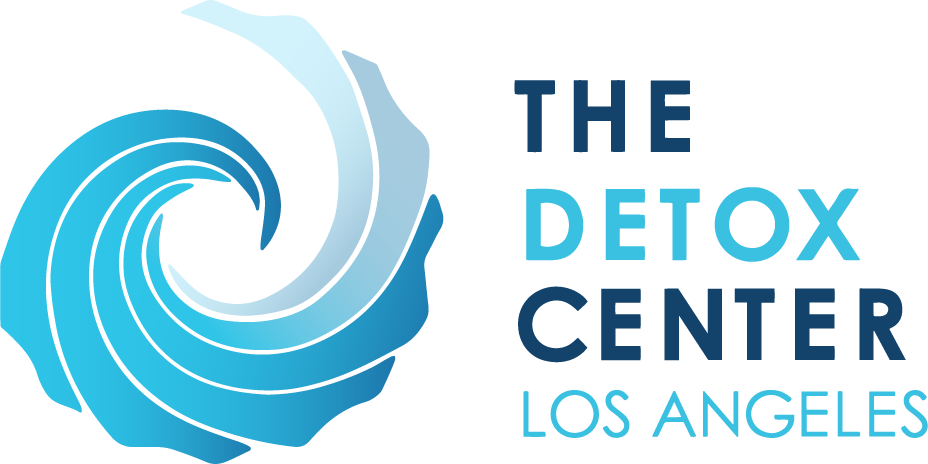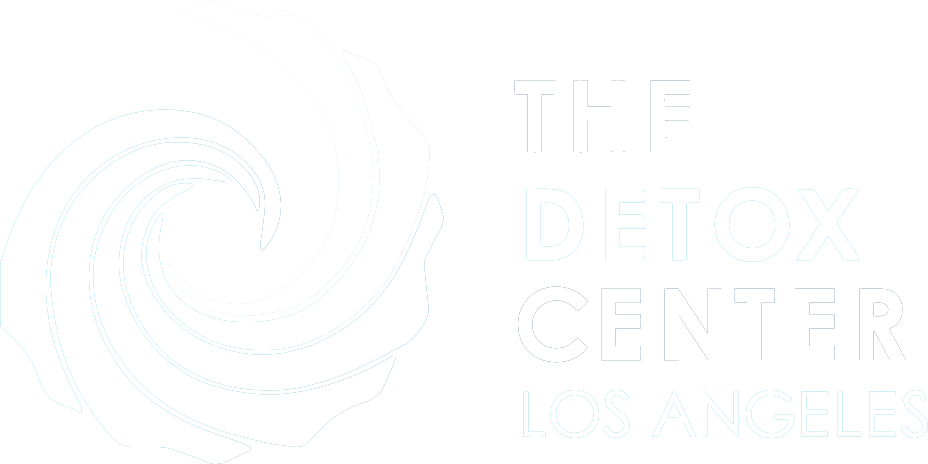The National Institute on Drug Abuse (NIDA) regards Opioid Addiction as a “serious” public health concern. In 2016, the Centers for Disease Control and Prevention (CDC) reported that 66% of drug overdose deaths were linked to opioids.
Opioids, also called opiates or narcotics, are prescription drugs used to treat chronic pain experiences after an accident or surgery. Natural opioids are derived from the opium poppy plant while others are man-made or synthetic. Heroin, an illicit drug, is also an opioid and has a high rate of abuse and resulting addiction. Not only are millions of American men and women addicted to opioids, but abuse of both illegal and prescription opiates have resulted in a high rate of drug overdoses.
What is Opioid Addiction?
Opiate addiction or dependency can stem from abuse of illegal or prescription drugs. Drug Addiction is described by NIDA as a chronic disease affecting the brain that manifests as compulsive drug-seeking.
There are various stages of addiction, starting with experimentation to chronic dependency. When an individual reaches the point of compulsively seeking and using opiates they do so without regard for the harm it causes to their physical, mental, emotional, and psychological health.
At this point, they have to get the substance daily, perhaps several times a day. If they are unable to get their “fix” it usually results in physical and psychological withdrawal symptoms. This behavior manifests because of strong, sometimes overpowering cravings that make the urge to use drugs irresistible.
Illegal and Prescription Opioids
The opioid, heroin, is a potent and highly addictive substance. Its potency and ability to cause dependency is owed to the fact that it is made from morphine, a substance found in the opium plant.
Doctor-prescribed opioids are meant for medical treatment. But misuse and abuse is often the cause of prescription opioid addiction. Persons misuse these medications by taking too many or using them frequently. Frequent or long-term use causes you to develop a tolerance for these highly addictive drugs.
The risk of dependency increases when the tablets are crushed for smoking, inhaling, or injecting into a vein (illicit use). The risk of overdose is also imminent, especially when opiates are taken by injection directly into the bloodstream. Furthermore, the misuse and abuse of medicinal opiates are linked to subsequent heroin abuse.
Some opiates that are commonly abused are:
Illegal Opioids
- Heroin
- Opium
Prescription Opioids
- Codeine
- Morphine
- Fentanyl
- Oxycodone
- Hydrocodone
- Tramadol
- Buprenorphine
- Oxymorphone
How Opioids Affect the Brain
Prescription opioids that are used to treat severe pain work by acting on the opioid receptors in the nervous system to substitute a feeling of pain with a feeling of pleasure. People who abuse opioids become addicted because they seek this same euphoric sensation over and over again. Eventually, opioid abuse causes chemical changes in the brain that make it difficult to overcome addiction on your own.
Symptoms of Opioid Addiction
If you are addicted to opiates or you believe someone you love is, the following symptoms may help you identify the pattern of addiction. The main sign of opiate addiction is compulsive drug seeking coupled with physical, mental, and behavioral signs such as:
- Misuse of prescription drugs
- Using opioid drugs prescribed to someone else
- Using the substance mainly to get “high” (recreational use)
- Overpowering cravings
- Frequent use or taking larger doses
- Denying the addiction
- Exercising poor judgment or recklessness
- Behaving hostile, irrational, or aggressive
- Anxiety develops if you don’t get the drug
- Financial, relationship, or work-related problems
- Lack of interest in socializing
Opioid Withdrawal Symptoms
Withdrawal symptoms occur when the brain is in need of the substance and doesn’t get it fast enough. Skipping a dose, .e.g, because you don’t have a supply of drugs or when trying to quit on your own (“cold turkey”) may result in some uncomfortable, severe, and sometimes life-threatening symptoms.
This is why you are encouraged to seek professional addiction treatment under the supervision of trained staff who can help you gradually taper off the drug. These are some common opioid withdrawal symptoms:
- Nausea and vomiting
- Trouble sleeping or insomnia
- Body aches or muscle spasms
- Severe headaches
- Restlessness or irritability
- High blood pressure
- Anxiety and panic attacks
- Paranoia
- Hallucination
- High blood pressure
- Excessive sweating or cold sweats
Opioid Addiction Treatment and Recovery
Opioids are not only highly addictive but getting over the addiction is tough. But, with a desire and commitment to kick the habit, recovery is possible. Depending on the severity of the addiction, you may need to get admitted to an outpatient or inpatient/residential program.
Inpatient addiction recovery programs can last anywhere between 28 to 90 days but can be longer, depending on your needs. Treatment is typically comprehensive and carried out in two main stages. They are detoxification and therapy. Before detoxification, you will undergo a thorough evaluation called intake and dual diagnosis.
The physician and mental health staff at the rehab center will determine the level of addiction. They will also assess you for any co-occurring mental health problems such as anxiety disorder or depression.
Opioid Detox
Detox is the process of removing drugs from your body. In some cases, medically-supervised detox is required. Medically supervised detox for opiate addiction involves the use of prescription drugs to help you gradually taper off the abused substance, manage withdrawal symptoms, and reduce the risk of relapse. Some types of drugs used include the following:
- Methadone
- Naltrexone
- Buprenorphine
These three drugs are opioids themselves and work by blocking the opioid receptors in the brain. They essentially trick the brain into thinking it’s getting an opiate “fix.” The medications are administered in doses large enough to assist in tapering you off opioids and getting you stabilized but small enough to prevent addiction.
After you are stabilized, you may still experience cravings. Your physician may continue to give you low doses of opioid medication, e.g., suboxone until the cravings subside. Other medications may be prescribed to treat psychological symptoms such as anxiety, depression, and insomnia during recovery.
Cognitive Behavioral Therapy
Opioid abuse may not be successfully treated with drug detox alone. Cognitive Behavioral Therapy (CBT) is typically the next stage of recovery after detox. It involves mental health therapy sessions with a therapist one-on-one or in a group setting. The main goal of CBT is to uncover the reason for your addiction. Usually, it is related to stress, anxiety, depression, post-traumatic disorder, or other mental health conditions that may cause a person to use drugs to cope.
During therapy, you will be equipped with tools to help you find healthy ways to cope. This usually includes developing a relapse prevention plan. Learning how to prevent relapse is crucial. Studies show that 40-60 percent of people who received addiction treatment will relapse if they forego therapy or fail to manage substance use triggers after rehab.
To augment your relapse prevention plan, family therapy sessions may be done so loved ones can get involved in understanding why addiction occurred and how they can help you stay sober once formal treatment ends.
The Detox Center of L.A. Can Help You Regain Control Of Your Life
Anyone can become addicted to drugs, although some individuals have a greater risk based on personal or environmental factors. Nevertheless, opioid abuse has destroyed families, careers, and personal relationships. It causes helplessness or hopelessness in individuals struggling to overcome this vice. If this is you, or a loved one, you should know that recovery and long-term sobriety is possible.
The Detox Center of L.A. created a structured, safe, and compassionate environment where your recovery needs can be met by a qualified medical team. It consists of doctors, nurses, therapists, counselors, and case managers. They ensure treatment is tailored to give you the best possible chance at recovery and sustained sobriety.
Our residential treatment programs include dual-diagnosis, medically-assisted detox, behavioral therapy, family therapy, occupational skills training, and referrals to sober groups offering the 12-step program. Aftercare resources are also available.
Today can be the day you start your journey to ending drug addiction. Give us a call today. We are here to provide information about our programs and walk you through them every step of the way.
Verify Your Insurance Now
Verify your insurance in 5 min!





